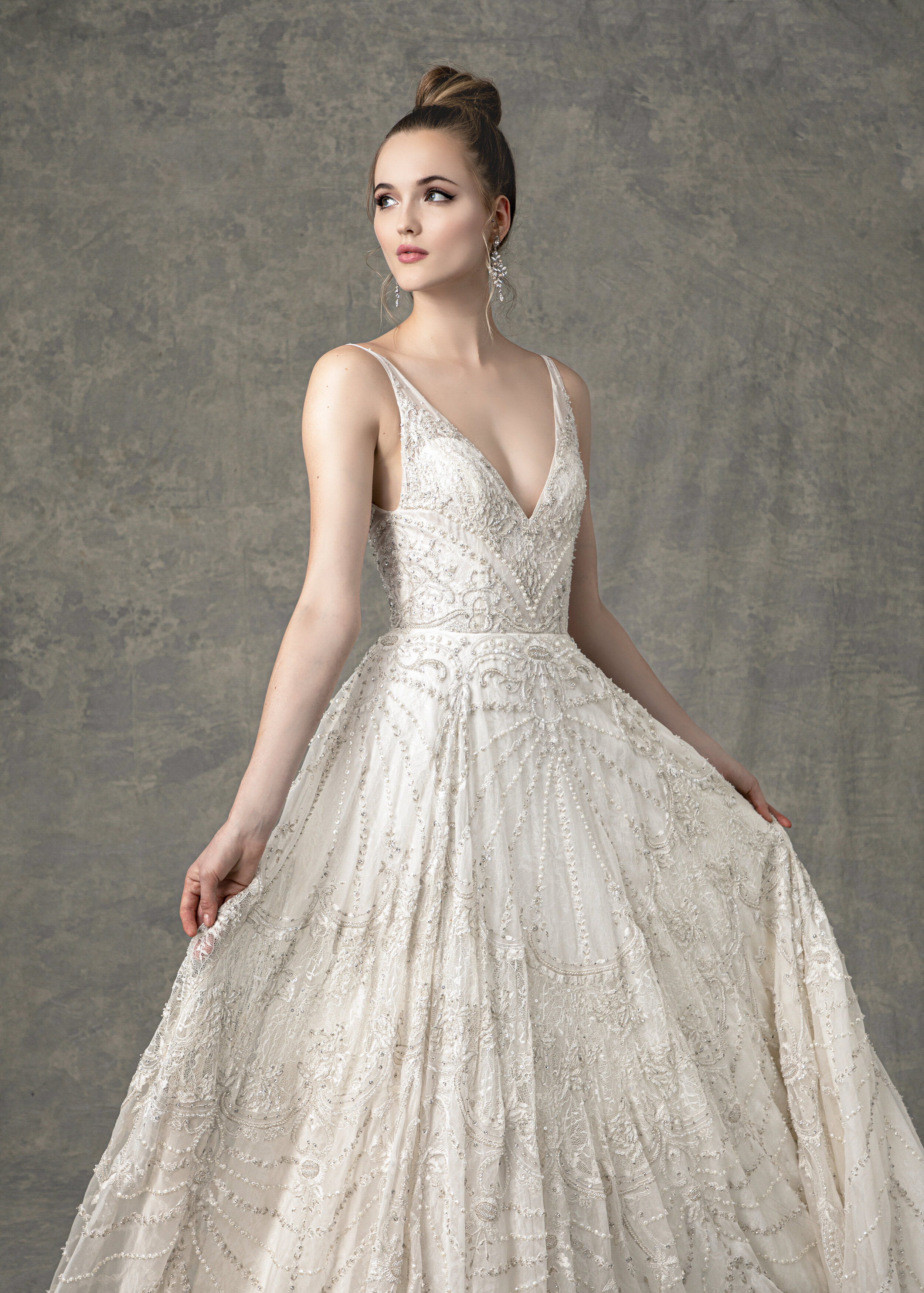FALL 2025
Spring 2025
Fall 2024
Spring 2024
Fall 2023
Spring 2023
Fall 2022
Spring 2022
FALL 2021
SPRING 2021
FALL 2020
SPRING 2020
FALL 2019
NAAEM KHAN - Count Down to the Collections: NYLBFW
MARCHESA - Count Down to the Collections: NYLBFW
INES DI SANTO - Count Down to the Collections: NYLBFW
GALIA LAHAV - Count Down to the Collections: NYLBFW
SAREH NOURI - Count Down to the Collections: NYLBFW
RITA VINIERIS - COUNT DOWN TO THE COLLECTIONS
JENNY PACKHAM - Count down for the Collections
PETER LANGNER - Count down to the Collections
Michael Cho of Amsala - Count down to the Collections
KOSIBAH - Countdown to the Collections: NYLBFW
Designers Showroom
SHAWNE JACOBS - Count Down to The Shows
Babi Ahluwalia: Count Down to The Collections
Marc Ingram - Count Down to the Collectons
KELLY FAETANINI - Count Down to the Collections
DANA HAREL - Count Down to the CollectionS
BADGLEY MISCHKA - Count Down to the Collections
Sachin & Babi: Saks Fifth Avenue
Chat with Joseph Abboud Vice President of Merchandising - Jeffrey Jones
Chat With Luxury Event Planner - Marcy Blum
CHAT WITH Luxury Catering Expert - Alejandro Muguerza
Chat with Beauty and Wellness Journalist - DANA WOOD
Chat With Photographer KT Merry
Chat With Wedding Gown Preservationist - Jonathan Scheer
MEET THE DESIGNERS
Chat with Master Cake baker - RON BEN-ISRAEL
Chat with EVENT PLANNER - RON WENDT
CHAT WITH EVENT PLANNER - KATE EDMONDS
Chat WITH STYLIST - Beth Chapman
Chat with MARTHA STEWART WEDDINGS - Sarah Schreiber - Digital Editor
Chat With VOGUE EDITOR - IVETTE MANNERS
Chat with Editor-in-Chief WHITE SPOSA - SIMONA POLLI
Chat With WORLD BRIDE MAGAZINE'S Editor in Chief - Myrdith Leon-McCormack
Chat with FASHIONISTA contributing editor - Fawnia Soo Hoo
Chat with Modern Luxury Weddings Editor-in Chief- Phebe Wahl
Chat with Editor at Large MARTHA STEWART WEDDINGS & Founder of DESIGNS - DARCY MILLER
Chat with Jasmine de Lung of Jasmine Rae Cakes
Chat with Photographer John Dolan
Chat with Christina Plumlee, buyer and manager of Stanley Korshak Bridal in Dallas Texas
Chat with Constantine Grapsas of Ultimate Bride
Chat with Retail Expert Pam Olivo
Chat With Mara Urshel of Kleinfeld Bridal
Chat with Designer Mark Ingram
Chat with Amber Silva of Kinsley James
Chat with Designer: Sareh Nouri
Chat With Designer Georgina Chapman
Chat with Designer Swane Jacobs
Chat With Designer - Alison Miller
NARDOS - Count Down to the Collections
MIRA ZWILLINGER - Count Down to the Collections
ENAURA - Count Down to the Collections
TEMPERLEY LONDON - Count down to the Collections





